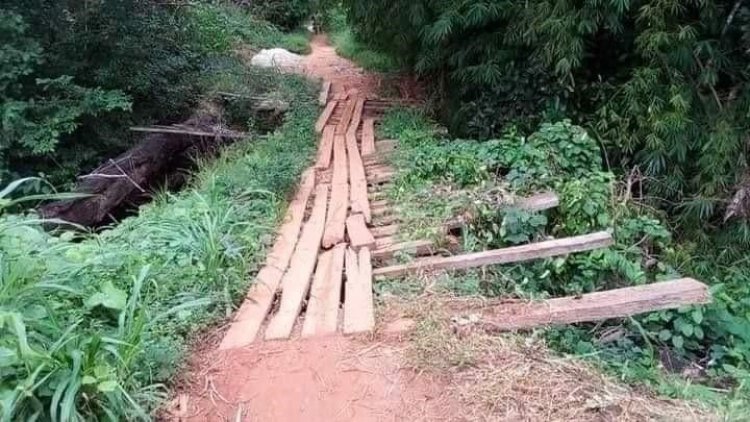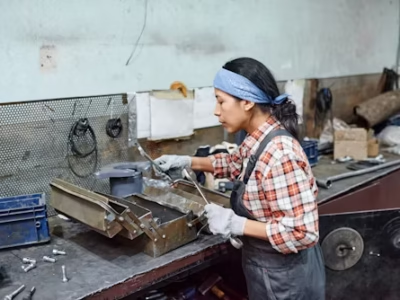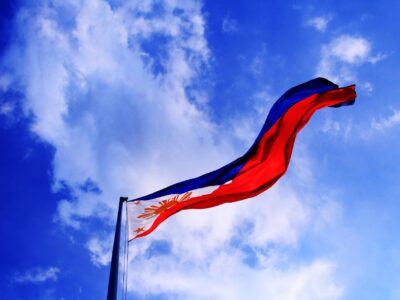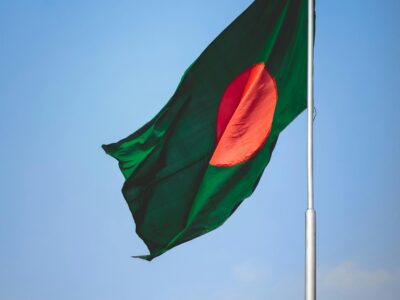Liberia is situated in Western Africa, bordering Sierra Leone, Côte d’Ivoire, and Guinea. The country is a presidential republic led by President George Manneh Weah from the Congress for Democratic Change, elected in January 2018. The government is divided into 15 administrative counties, Monrovia being its capital.








Comments